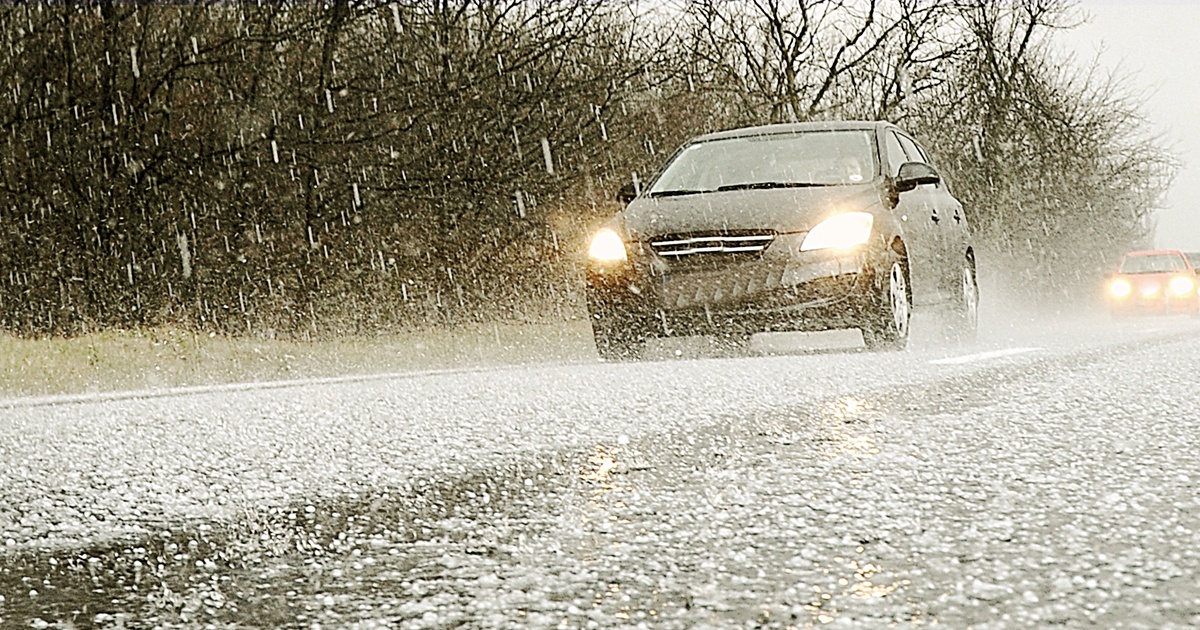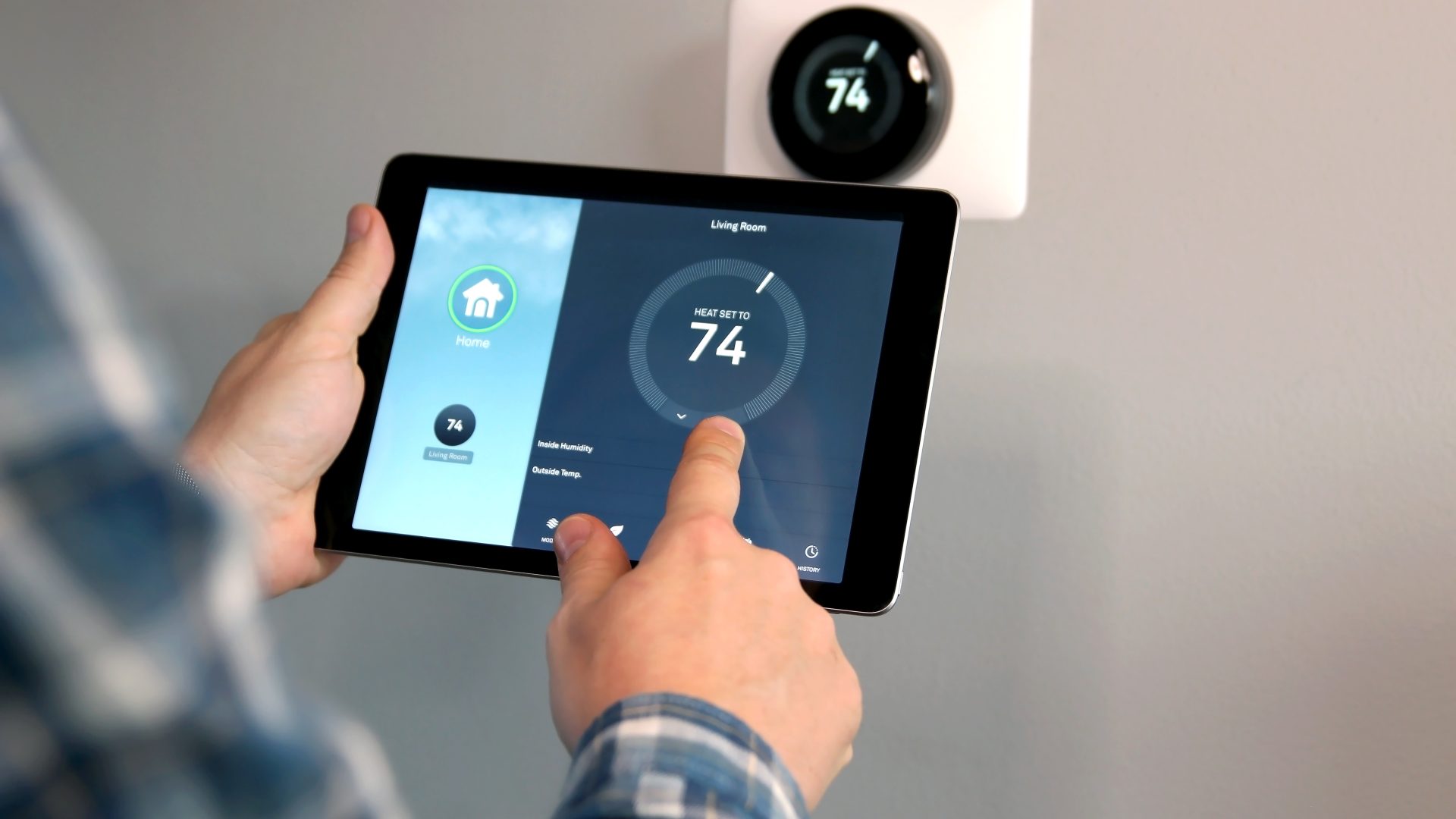Hail storms are a weather phenomenon that can cause serious damage to property and pose a threat to human safety. When hailstones fall from the sky, they can range in size from small pellets to large golf balls, and their impact can cause dents, cracks, or even shatter windows. Therefore, it’s essential to know what to do during a hailstorm to protect yourself and your property.
The first step in preparing for a hailstorm is to monitor the weather forecast. If there’s a chance of a hailstorm in your area, stay tuned to local weather reports to get updates on the storm’s progress. You can also check the National Weather Service’s website for the latest information on severe weather in your area.
Once you know that a hailstorm is approaching, it’s crucial to take action to protect yourself and your property. If you’re outside, find shelter as quickly as possible. Avoid standing under trees or near metal objects, as these can attract lightning strikes. If there’s no shelter nearby, crouch down low to the ground and cover your head with your arms.
If you’re driving when a hailstorm hits, pull over to a safe location as soon as possible. Ideally, you should park in a garage or covered parking area. If that’s not an option, find a spot where you can park your car out of the path of the storm. Avoid parking under trees, power lines, or other structures that could be damaged by hailstones.
Once you’ve found a safe place to park, stay inside your car and keep the windows rolled up. Hailstones can cause serious injury, so it’s essential to protect yourself from their impact. If you have a blanket or towel in your car, you can use it to cover your head and protect yourself from flying debris.
If you’re at home during a hailstorm, stay indoors and away from windows. Close all curtains, blinds, and drapes to prevent hailstones from shattering the glass. If you have storm shutters or impact-resistant windows, use them to protect your home.
It’s also a good idea to unplug any electronics and appliances in your home during a hailstorm. Lightning strikes can cause power surges that can damage your electronics, so it’s better to be safe than sorry.
In conclusion, hailstorms can be dangerous and destructive, but taking the right precautions can help keep you and your property safe. Monitor the weather forecast, find shelter, stay away from windows, and protect yourself from flying debris. By following these simple steps, you can reduce the risk of injury or damage during a hailstorm.

Helius Roofing is a small, family-owned roofing company located in the heart of Celina, Texas. We specialize in all your residential roofing needs including new construction, gutters, hail damage and repair. Here at Helius Roofing we provide the best workmanship using premiere products but most importantly, we have set the bar in customer service. We understand that our customers are the lifeline to our success and that’s why customer service is our #1 priority. We know that you, the homeowner, have many options when it comes to selecting a roofing company. Our promise to you is Helius Roofing we will be here tomorrow to stand behind what we do today. We appreciate you stopping by and would love an opportunity to work on your roofing project.



